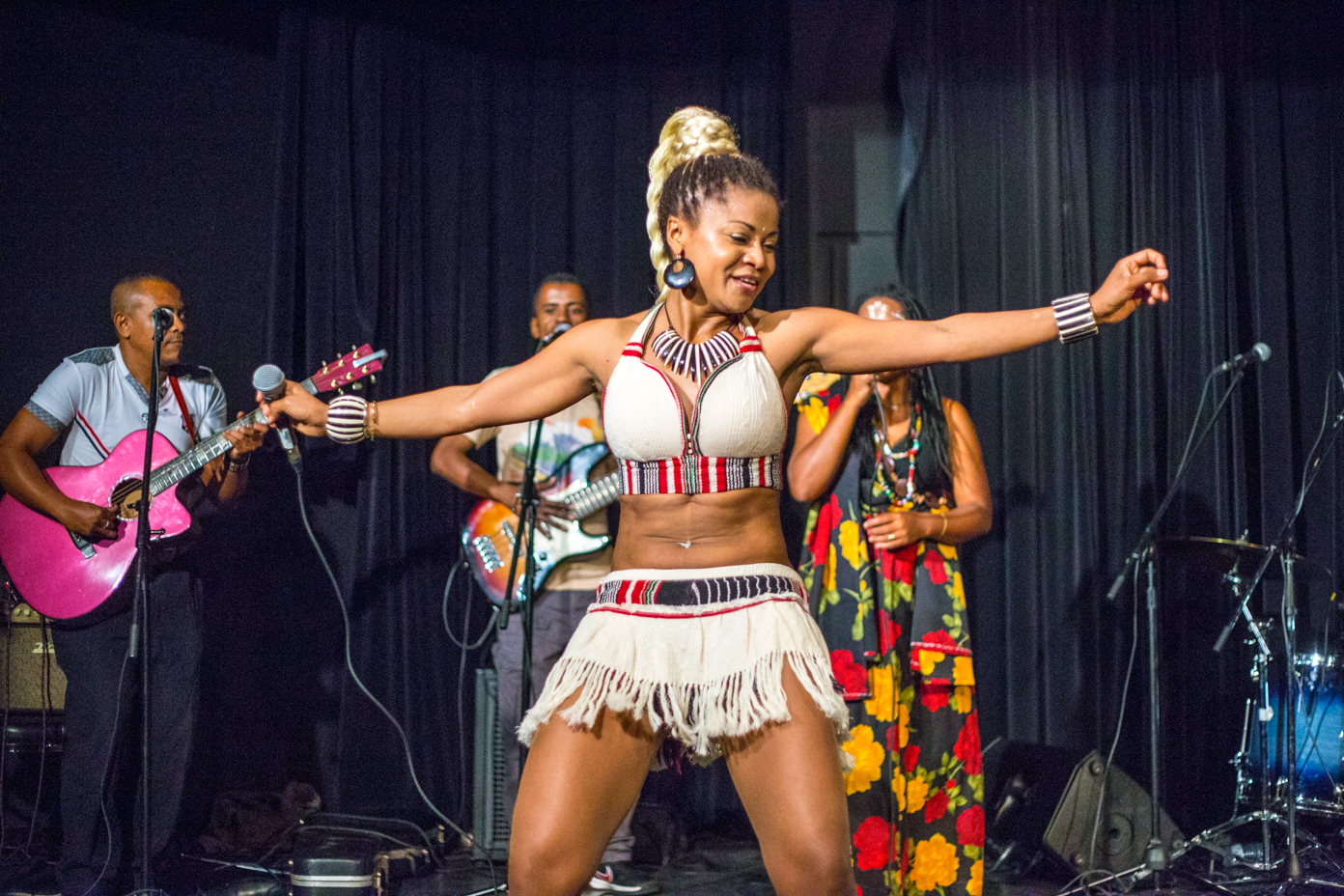Listen! About that Madagascar Music…

Cultures and countries are identified strongly by their music. But these days, with the event of so much modernization, it is easier sometimes to hear more foreign music in a country than its local content. In addition to that, some of the music that ends up on the airwaves may not be the best quality. Broadcasters do not necessarily go the extra mile to discover quality representatives of the local music. There is more concentration in making the music popular and the commercialization. Short-term success (and a ton of money!) is gained but there is poor outreach and acceptance among knowledgeable music enthusiasts.
Big Up to the Indigenous Press
Thumbs up to Radio Nasionaly Malagasy (RNM), their healthy 3 out of 5 ratio when it comes to broadcasting good musical content from Madagascar – as compared to foreign music – makes them a champion on the Island. The fastest way to boost local content is by making it acceptable among locales. It is certainly not by trying to sell it out first.
International Madagascar-native talents, such as Silo, have benefited from national carriers being a part of local music content promotion. Silo made his first appearance at the age of seven on Televiziona Malagasy (TVM). Jaojoby and Regis Gizavo, two giant names when it comes to Malagasy music representation abroad, also made their debut with TVM in the 1980s. That being said, the lack of financing and sponsorship strangles these type of programs. Opportunities for new talents are limited.
The good thing is that new channels create new shows like Pazzapa by Dreamin TV. Pazzapa was formerly broadcasted on the Radio Televiziona Analamanga (RTA) channel. Musicians like Firmin and Melky were discovered from this platform. TV Plus Madagascar, which used to promote the copying of existing artists (look, mannerism, voice, etc) with its “Kopikole” show – litterally meaning copy and paste – has now open a new section called “Découverte Madagascar” (Madagascar Discovery). In the latter, participants can now sing their own composition and play their own instruments instead of just repeating and copying like in the “Kopikole” section. This is the sign of a thriving industry. Others certainly should take up such roles and ensure that the talents within Madagascar are put in the limelight.
On the side of print media, even though there is currently no fully devoted newspaper or magazine for Malagasy music, the 2 pages dedicated by Midi Madagaskira and the full pages dedicated by both Les Nouvelles and L’Express de Madagascar to arts, culture, crafts, musical talents, new releases, upcoming shows and other musical stuff are a step in the right direction.
Malagasy music is no stranger to the internet. The popular Madagascar-based YouTube channels like Radio Paradisa Gasy or Mozika Gasy are helpful in this regard. The need for Malagasy to show support and attract worldwide attention by viewing these channels, or listening and downloading is a big deal. The Internet can be used as a medium to get on the world map. Artistes also take advantage of Daily Motion, SoundCloud, Reverbnation and Voots Congregation to propagate their music around Madagascar and the world.
The Riches of a Good Music Mix
Madagascar’s rich culture have given rise to complex and high quality music. There is an array of options to enjoy at any given point in time once handled by a skillful and intelligent artiste.
The popular contemporary genres of music in Madagascar are Rock, Urban, World and Folk. Rock music had some considerable foothold on the Red Island in the 1990s to the early 2000s. There was a lot of promotion of Rock Stars in the country during that period. The “Rub Rock” and “Rock News” columns of Midi Madagasikara and L’Express de Madagascar respectively helped promote the genre.
The traditional Malagasy music, on the other hand, is based more on strings and flutes than percussion instruments. Most used indigenous instruments are sodina (woodwind instrument), valiha (a tube zither), marovany (bigger and rectangular version of valiha), jejy voatavo (chordophone ), kabosy (box-shaped wooden mini guitar – ukulele-like Madagascar version). It is rich in tonality and technicality. Local traditional artistes, who are serious about their craft, have a solid foundation to produce their music. All that needs to be done is to attract the attention of the world.
Popular Forms of Music in Madagascar
The most common form of Malagasy music is Tropical. The great thing about it is the opportunity for a blend of genres. There is local and international influence in it. Pioneers of this form include Jerry Marcoss and Tsiliva. The tropical form has however advanced beyond what Marcoss and Tsiliva pioneered with more new acts arriving on the scene. New faces that smash in the Tropical style are Dadi Love, Big MJ, Stephanie, Black Nadia, Tence Mena, Nina’s, Lianah, and the list could go on and on.
The popular Salegy Rhythm and its 6/8 timing makes it a very revered form of music around the world. The king of Salegy is Jaojoby, who many see as a pioneer of this form of music. Salegy gained worldwide recognition which also brought recognition to Madagascar and has defined a lot of current popular music.
Tarika has also played a major role in the development of Malagasy music. The band leaders – Hanitra and Norosoa – have put their band and Madagascar on the map of the world. Their tours around the world have made music from Madagascar no stranger to the ears. The particularity of Tarika is that they stuck with their roots in the production of their musical pieces both in the creative construction and in the instruments. They use such traditional instruments such as the jejy voatavo, valiha, kabosy and the marovany.
There is also the group Njava that came out first as a band whose focus was on electric instruments in addition to the richness of native Madagascar instruments to their sound. They introduced themselves to the world at the World of Music Arts and Dance Festival of 1995 and have never gone back. The siblings that form the band have a strong bond that has influenced Madagascar music and spread it into the world.
Malagasy music: Way Forward!
African artistes know piracy is a big problem. Counterfeiting of CDs and other forms reproduction media causes most artistes to prefer live shows and performances as it helps with expression and is more profitable. There has to be corporation between consumers and producers of music to nip a menace like counterfeiting in the bud. Efforts are being made but they need to be ramped up.
Madagascar is already heading to the good way in this matter. But, there also has to be more effort in this. The Internet has provided a medium for the world to become smaller. Malagasy have a role of throwing weight behind any talent that wants to do quality stuff and put it on the Internet or on local media. The website www.tonononkira.serasera.org – a mainstream website that is a hub for Malagasy music and lyrics – is a certainly a step in the right direction. Self-love is always the first step in promoting their content abroad.
Music has a way of bringing development and raising the general mood of a country and Madagascar can take advantage of it. We have to ensure that there is quality and it meets the highest standards. It might be expensive and costly but in the long run, the benefits of quality always shine through. Quality always wins in the end and the Big Island is due for a musical explosion soon.
On this, I tell you Mifalia! (Be merry!)




